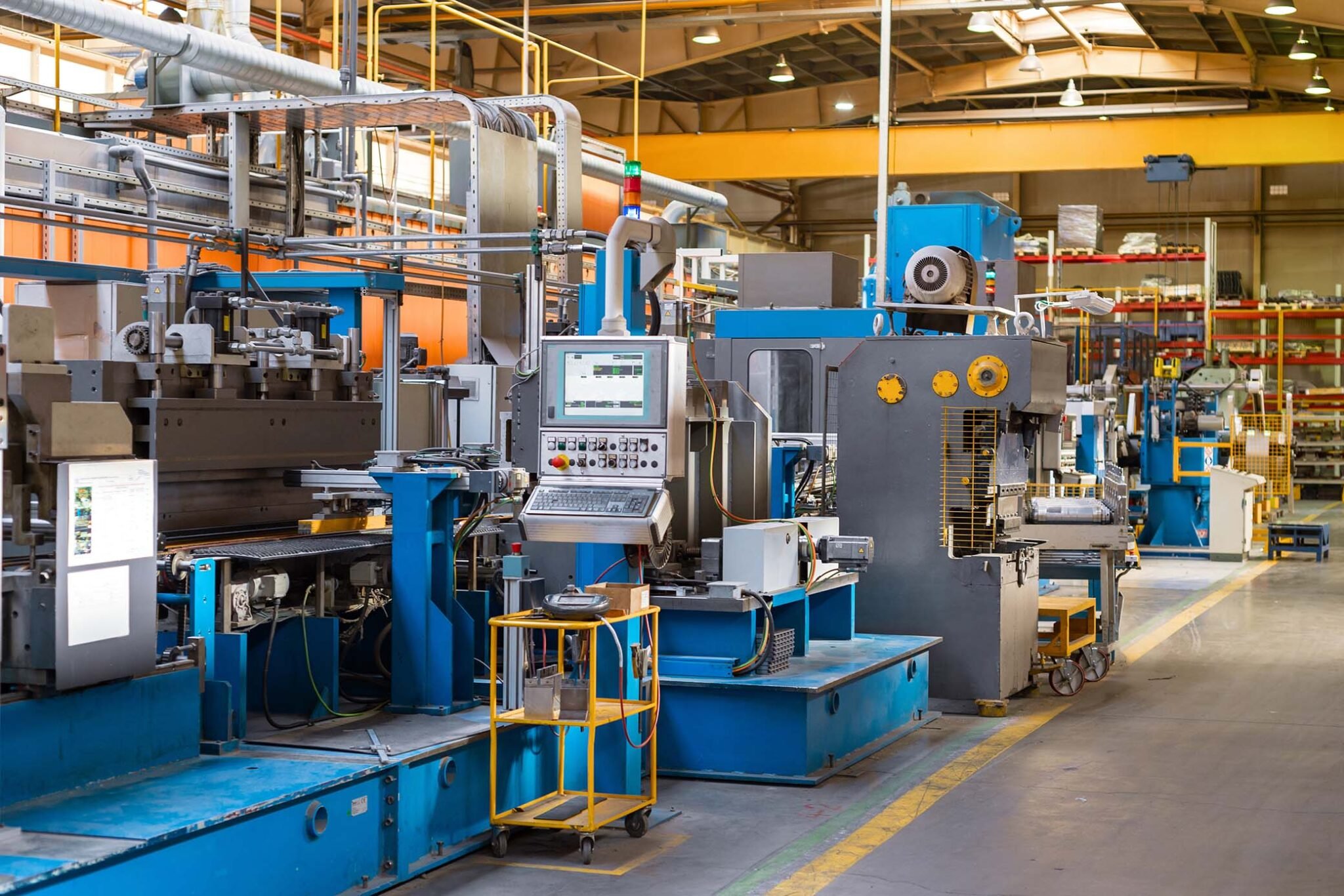APINTRA® PRODUCTION CONTROL (ERP/PPS)
What you can expect from us
You rightly expect an optimal production planning and control system (PPS) to react flexibly to changing production processes. Such a system offers variability and the simplest options for correction. All positions can be changed dynamically after entry up to production (position level).

Other systems are very cumbersome
When changes or variants of individual products are made, in many systems the data for the parts lists must be reconfigured at great expense.
Why apintra® is different:
You enter the desired changes into the apintra® production system. Our network planning technology calculates the changed material requirements and capacities and generates a new production plan.
As a result, you receive a fully optimised production plan, complete with parts lists up to the tenth level, as well as the entire work plan for personnel and machinery (no more than ten levels are necessary to map a small car, for example).
apintra’s production system can help if:
you produce variable products,
you produce complex products,
you want to make changes to the parts list or the parts used up until the actual production process,
you want to decide variably whether to have sub-areas manufactured externally or to buy them in instead of producing them yourself, or
you simply need flexibility in manufacturing,
and much more…
apintra® solutions
All apintra® solutions are based on the same technology with equal advantages. These include multi-client capability, plausibility checks, open interfaces and local and temporal availability, as well as the ability to quickly find each individual data record.
The apintra® parts list system
In our bill of materials (BOM) system, we distinguish between so-called master and production BOMs. A master BOM serves as a template for the actual production BOM.
It contains all master data including associated materials, work plans with required times for individual steps, and idle, waiting and possible overlap times.
Since the BOM header (ID key and designation) is stored by the recursive function in materials management, it can also be reused in other BOMs such as a material master record.
This approach also makes it possible to trigger separate production orders for sub-BOMs or to have them manufactured externally. The network technique would recognise an order stock and not further dismantle the BOM.
All items in a bill of materials can be changed dynamically at a later date until the production documents are created. Here, too, the network planning technique recognises any changes.
The apintra® BOM system uniquely offers a range of possibilities for variant processing:
A master BOM is created for a new production order by duplication. The resulting production BOM can then be changed as desired.
This is done by simply editing the production BOM (i.e. deleting and/or adding materials, routings and times). To make a history traceable, this can also be done by using plus-minus parts lists.
The correct resolution of material and time requirements is carried out by the network planning technique.
(A production BOM can in principle also be generated from another production BOM).
In the master parts list processor, letters can be stored with formulas in the fields ‘number’, ‘length’ and ‘width’. Any letters can be used that are processed recursively (from top to bottom), taking into account the following mathematical functions:
Addition +
Subtraction –
Multiplication *
Division /
Modulo operations %
Power ^
Greater than >
Less than <
Round up ~
When a production BOM is generated, the master BOM is dismantled recursively and the formulas are converted into absolute values.
The production processor: automatically precise
The production processor serves as the control centre for the product system. The recursively generated parts list, with all materials, routings and time requirements for the individual capacity points, is located here.
In the production processor, the individual production tasks can be released and the manufacturing documents can be generated. Up to this point, changes in the material area and in the work plan are possible without problem.
If changes are made in the production processor and thus in the product flow, material composition or size, then the network planning technology recognises this and changes all dependencies – from material requirements (for ordering and warehousing) to capacity reservations for personnel and machinery.
Even if a purchase order is triggered for a sub-BOM contained in the production processor because the assembly is to be purchased additionally, the network technology acknowledges this and recognises that the demand for the materials for this assembly no longer exists. The requirement is reduced accordingly.
Our network planning technology does not work according to the usual NetChange procedures, because they are too imprecise for us. To ensure that the system reacts correctly and optimally to changes at all times, we always calculate a completely new network plan (with times and materials). By adding efficiencies for both materials and capacities, the system is optimised for recalculations, and the validity of the outputs is more precise.
Depending on the requirements, the calculation process either beings with the start activities and, from these, sets the earliest possible start date of the subsequent activities (forward planning) or with the last activities of the network (which no longer have a successor) before setting the latest completion dates of the respective upstream activities (backward planning). By combining both methods – starting from a defined start date and a defined finish date – this established the four following important properties and the durations of each activity:
Earliest start time (FA) (from forward planning) Earliest end time (FE) (from forward planning and respective duration) Latest end time (SE) (from backward planning) Latest start time (SA) (from backward planning and respective duration)
Buffer time: The buffer time is a time margin for executing an operation – so-called time reserves. This margin can be used by postponing the operation and/or by extending (stretching) the duration of the operation.
Our module allows you to easily record production data, machine data and personnel time.
The times are recorded through electronic additional devices and are processed according to the working time models entered into the software. Interfaces for further processing in wage and salary programmes are also available. You can also define different working time models and functions for flexitime and piecework accounting.
There are different variants for identifying your employees depending on the recording medium, including RFID, barcodes or magnetic cards. An optional expansion for access control is also available.
The production data module records all the company’s operating data. Times that can be allocated to a particular production order are assigned to the various instigators, recording the times used and the ‘actual’ costs. Reasons for malfunctions, interruptions and quantities are recorded. Evaluations are available for individual production orders and capacity points. The efficiency of a capacity point is automatically optimised and the data processed in the network. Work progress, order status and all order-related work performances can be viewed at any time.
Fully automated collection of machine data can be included as an option. The personnel time and machine data recording modules can also be easily coupled with a graphic control centre.
Book your personal consultation right now.


